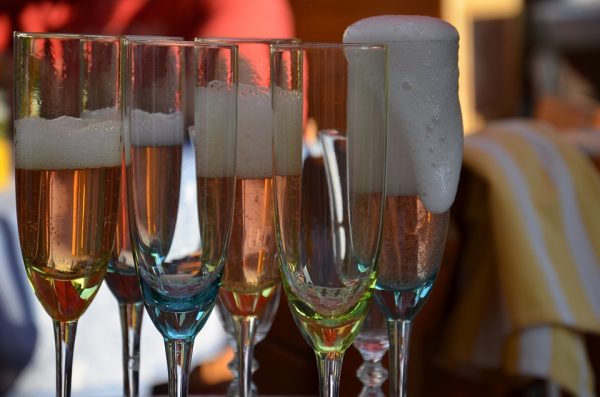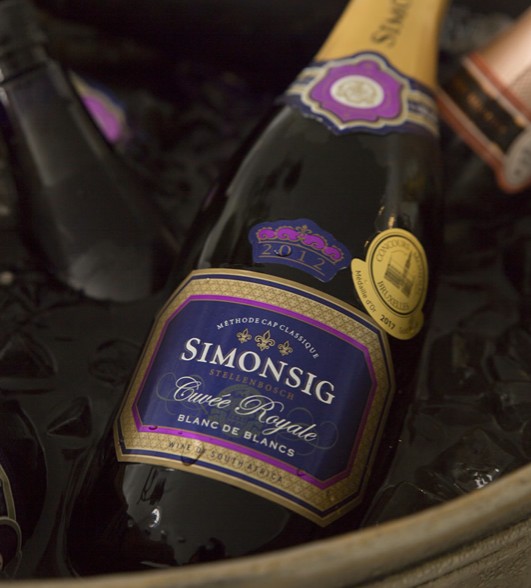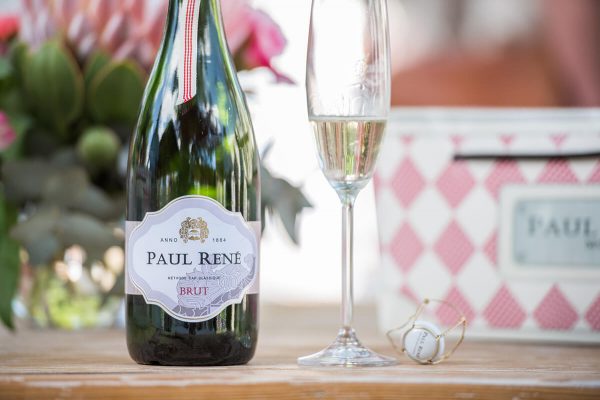Bubbly, Sparking Wine, Champagne, Methode Cap Classique. No matter what you call it, it’s a vision of ecstasy to those who savour the flavour. But while it’s easy to substitute one name for the other, Champagne and Methode Cap Classique are similar, but not quite the same. Yes, they are both sparkling white wines, but Champagne can only be produced from grapes grown in the Champagne region of northeast France. Regardless of the method used to make it, anything else simply is not Champagne. That said, the method used is of utmost importance. Méthode Champenoise involves a second stint of fermentation in the actual bottle.
Methode Cap Classique, also know as MCC, hails from South Africa and is made using the original, bottle fermented process used by the French, which means every step of the process, aside from the grapes that are grown in South Africa, is the real deal.
Names aside, sparkling wine sales in South Africa have been on an upward trend, growing 22% in the past year. And the growth isn’t connected to name recognition. MCC has gained some ground, as sales grew by 4% over the year, while Champagne sales showed a tremendous growth of 18%. One would think that MCC’s lower price point should be spurring a bigger sales growth, as the average price per bottle is R140, well below the R600 average for a bottle of Champagne.
This begs the question: Why are we willing to pay SO MUCH MORE for an imported product, when we can get the local version, made in the exact same style as its counterpart, for so much less? Is it all about image? Is it all about impressing our friends? Will we rather rock up at a party with one bottle of Champagne instead of four bottles of MCC? Does the R600 bottle of Champagne taste remotely as good as the R140 MCC? Have you even put it to the test, or are you just blindly following the rappers from America?
So let’s get real and all agree that there is no better wine for the holidays than Methode Cap Classique. There are fantastic MCC wines at every price. Need a R100 wine to slake the thirst of hordes of partygoers? An impressively tasty R150 hostess gift? A R300 bottle to keep you in your father-in-law’s will? Methode Cap Classique is the way forward!
With all that in mind, here are 3 spectacular Methode Cap Classique wines from South Africa to seek out for the festive season.
Simonsig Cuvée Royale 2012
The first Kaapse Vonkel made sold for only R3 per bottle and was the most expensive wine made in South Africa at the time! This year, Simonsig became the most-awarded cellar in the history of the Amorim Cap Classique Challenge by winning the competition’s Best Producer Award for the fourth time. Cuvée Royale 2012, a 100% Chardonnay wine with lees contact of 60 months, was crowned the best wine of the competition, as well as top in the Blanc de Blancs category, while Simonsig’s Woolworths Pinot Noir Rosé No Added Sulphur MCC 2015 won the Rosé category.
www.simonsig.co.za
Paul Rene Brut 2014
From the Robertson wine valley comes a high-quality bubbly of great finesse. On a recent visit to the Langeberg wine region, I’ve had the great pleasure of tasting this finely crafted Blanc de Blancs with winemaker Henk van Niekerk at Wonderfontein. It beats any Champagne I’ve tasted this past year. Rich, ample and creamy, yet with striking translucence, the Paul Rene Brut has it all!
Tokara MCC Blanc de Blanc 2011
This Methode Cap Classique will impress even the most serious and unflappable wine aficionado. Only 3000 bottles were produced of the maiden vintage and the wine comes in a beautiful “Butterfly” bottle. At R650 a pop and only available from the estate, this luxurious bubbly is defined by class, elegance, and a sublime freshness. Mesmerizing, thrilling, and a great example of a vintage at its best.
www.tokara.co.za






